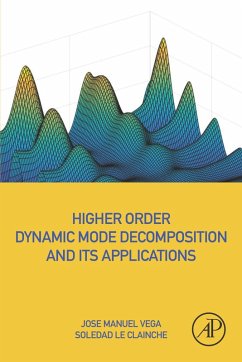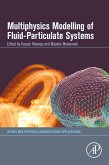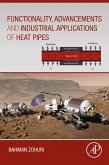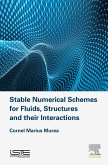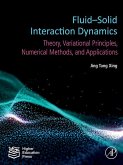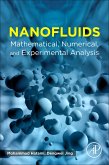Higher Order Dynamic Mode Decomposition and Its Applications provides detailed background theory, as well as several fully explained applications from a range of industrial contexts to help readers understand and use this innovative algorithm. Data-driven modelling of complex systems is a rapidly evolving field, which has applications in domains including engineering, medical, biological, and physical sciences, where it is providing ground-breaking insights into complex systems that exhibit rich multi-scale phenomena in both time and space. Starting with an introductory summary of established order reduction techniques like POD, DEIM, Koopman, and DMD, this book proceeds to provide a detailed explanation of higher order DMD, and to explain its advantages over other methods. Technical details of how the HODMD can be applied to a range of industrial problems will help the reader decide how to use the method in the most appropriate way, along with example MATLAB codes and advice on how to analyse and present results. - Includes instructions for the implementation of the HODMD, MATLAB codes, and extended discussions of the algorithm - Includes descriptions of other order reduction techniques, and compares their strengths and weaknesses - Provides examples of applications involving complex flow fields, in contexts including aerospace engineering, geophysical flows, and wind turbine design
Dieser Download kann aus rechtlichen Gründen nur mit Rechnungsadresse in A, B, BG, CY, CZ, D, DK, EW, E, FIN, F, GR, HR, H, IRL, I, LT, L, LR, M, NL, PL, P, R, S, SLO, SK ausgeliefert werden.

